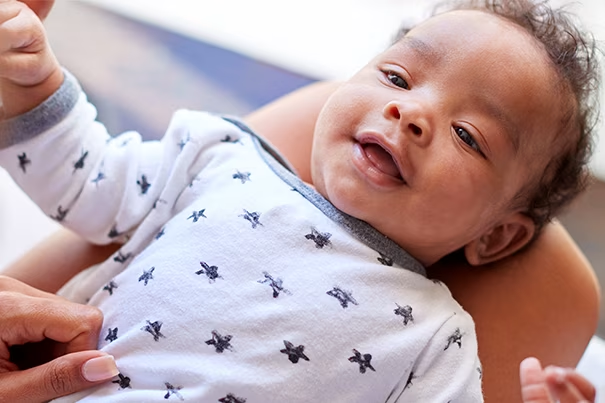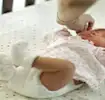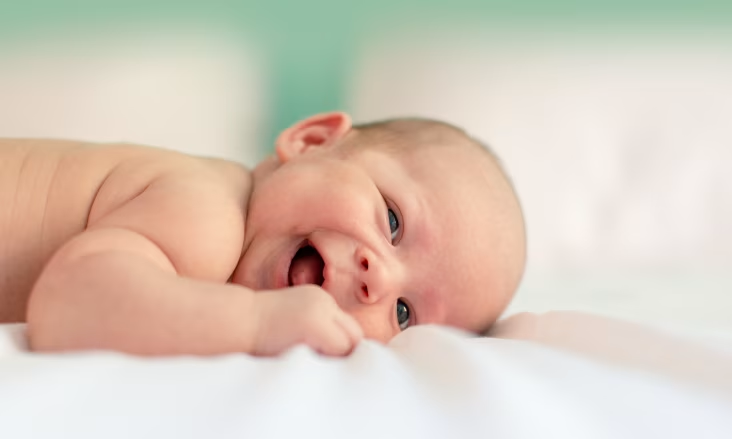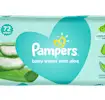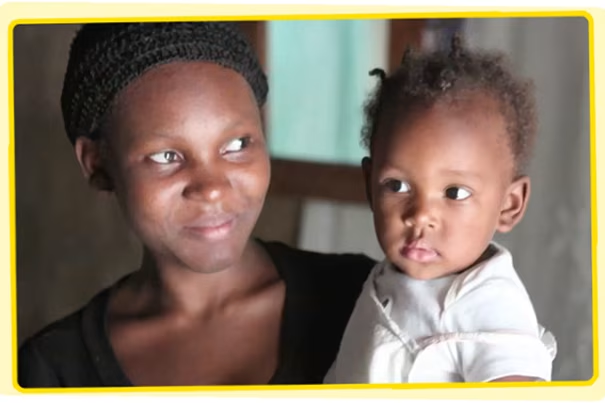About Pampers
Pampers is dedicated to every baby’s happy, healthy development. Learn more about us, our products and our commitment to you.
Quality and Safety
Your baby's safety is a top priority for us at Pampers. Find out about high quality products and smart practices that keep your family safe.
Better for Baby
Babies bring out the best in all of us. That’s why there’s nothing we wouldn’t do to make life #betterforbaby.
Diapers and Wipes
As a parent, you look for the best diapers and wipes to help you keep your baby dry, clean, and comfortable. Learn about what goes into every Pampers product.
Pampers UNICEF Partnership
Since 2006, Pampers has supported UNICEF and helped millions of babies enjoy their first smile by protecting them against newborn tetanus.
